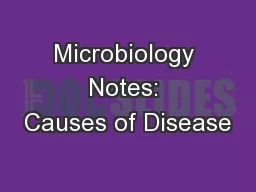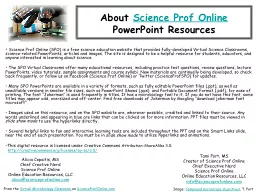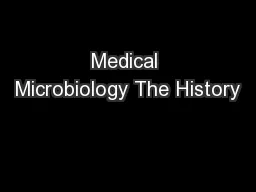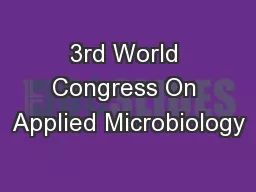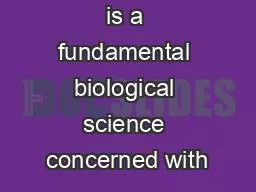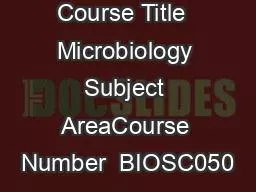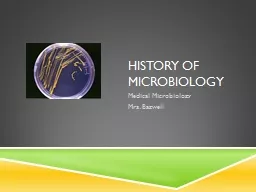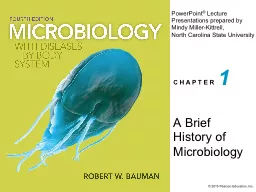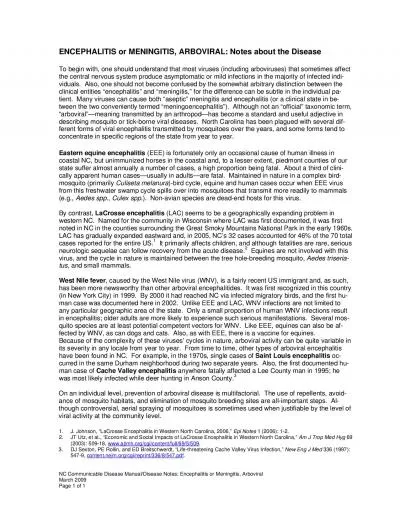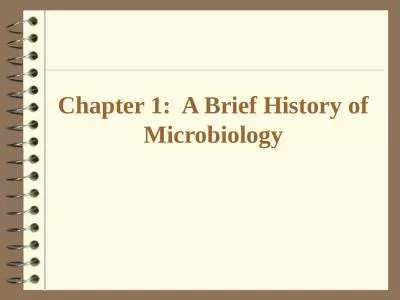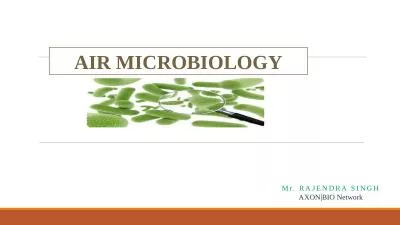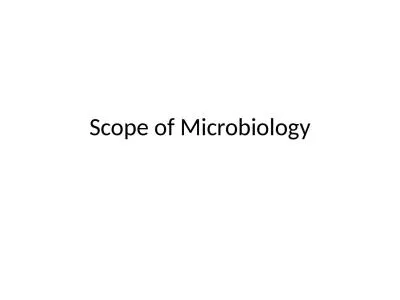PPT-Microbiology Notes: Causes of Disease
Author : yoshiko-marsland | Published Date : 2018-02-08
What is disease Disease is a change that disturbs the normal functioning of the bodys systems Many diseases are classified as infectious or diseases that can
Presentation Embed Code
Download Presentation
Download Presentation The PPT/PDF document "Microbiology Notes: Causes of Disease" is the property of its rightful owner. Permission is granted to download and print the materials on this website for personal, non-commercial use only, and to display it on your personal computer provided you do not modify the materials and that you retain all copyright notices contained in the materials. By downloading content from our website, you accept the terms of this agreement.
Microbiology Notes: Causes of Disease: Transcript
Download Rules Of Document
"Microbiology Notes: Causes of Disease"The content belongs to its owner. You may download and print it for personal use, without modification, and keep all copyright notices. By downloading, you agree to these terms.
Related Documents

